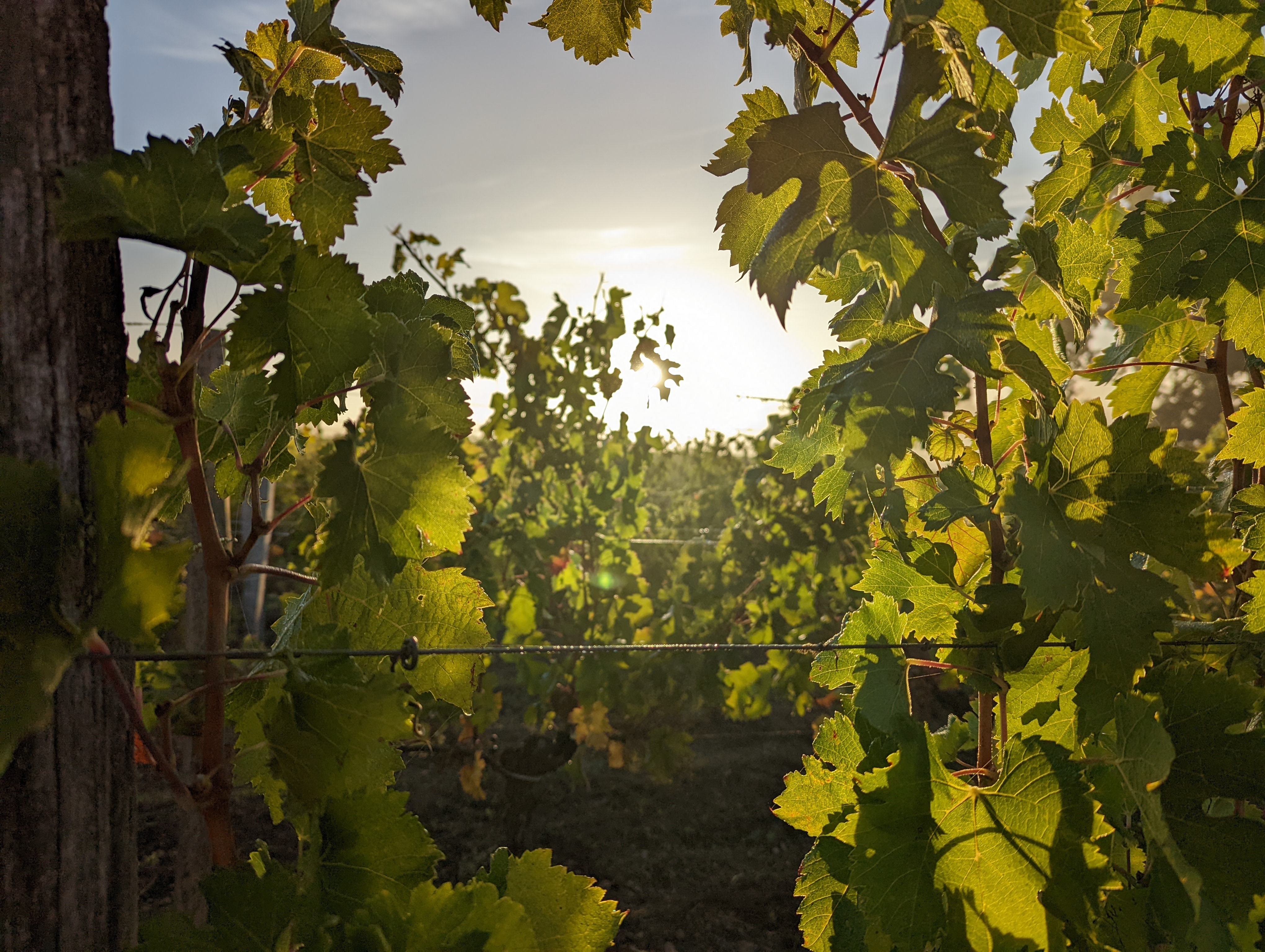Three travel destinations every wine lover should visit
Summer is fast approaching, and with it the prospect of well-deserved annual leave. Are you looking for an exotic holiday destination? Have you thought about indulging your interest (or passion) for wine while discovering the tourist attractions of a particular region or country? Wine-growing regions are often also fascinating wine-tourism destinations. Magnificent vineyards, delectable cuisine, first-rate wine combined with spectacular scenery and a distinguished wine culture. Let's take a look at three of the world's must-visit wine destinations.
Napa Valley, California (USA)
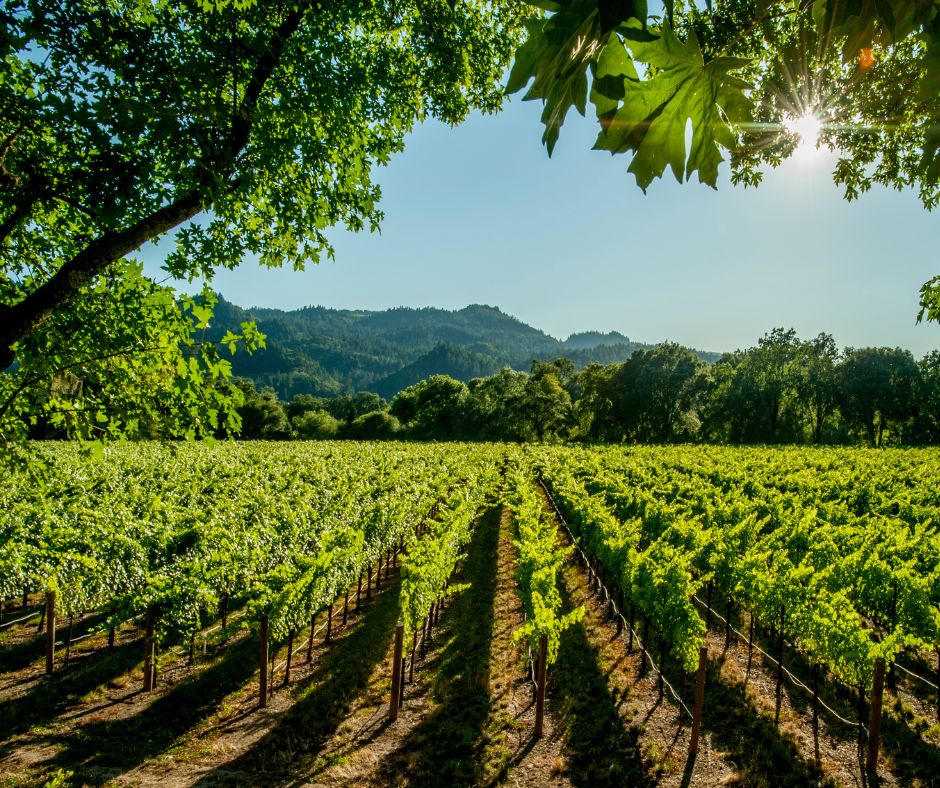
©Canva
The Napa Valley needs no introduction, and as wine lovers as you are, you've undoubtedly already heard of it. But did you know that the word 'Napa' means land of plenty in the language of the Wappo Indians? And the region has an abundance of great wines and legendary estates! In the more than 40 years since it became the first AVA (American Viticulture Area) in 1981, the region has established itself as a must-see wine tourism region in the United States and around the world.
Cabernet Sauvignon and Chardonnay are the most common grape varieties, but the Napa Valley has plenty of surprises in store for wine lovers looking for varieties off the beaten track. From albariño to zinfandel, more than thirty different grape varieties flourish in the Napa Valley.
With over 400 wineries dotted around the region, sumptuous seaside resorts, picturesque towns, hot springs, mud baths and breathtaking scenery, there's no shortage of things to discover. A wealth of tourist attractions to enrich your itinerary...
- Visit vineyards, taste their wines and enjoy culinary experiences for Napa Valley is famous for its vineyards and wineries where you can taste different types of local wines: Louis M. Martini, Round Pond Estate, Inglenook, Quintessa, Mayacamas Vineyards & Winery, William Hill Estate Winery, etc. But the wine experience doesn't stop there, as many Napa Valley wineries have their own kitchens and chefs, offering courses to introduce visitors to the art of food and wine pairing. The Cedar Gables Inn guest house, for example, offers courses led by chefs.
- Wine and food punctuate the Napa Valley all year round. Numerous events are organised to showcase the delicious flavours associated with California's wine culture. These are just some of the events to plan your stay around: Flavor! Napa Valley in March and the Nappa Truffle Festival in January.
- Gastronomic tasting: the region boasts many world-famous restaurants, local produce shops and farmers' markets where you can sample delicious dishes.
- Cycling through the vineyards: the Napa Valley offers magnificent cycling routes and paths to explore the region's picturesque landscapes. Take your time....
- Take a hot-air balloon trip: get up high and admire the magnificent Napa Valley scenery from the air on a hot-air balloon trip. Above the valley, admire the vineyards and mountain ranges. And if the weather is right, you can even see the San Francisco skyline.
- Visit local attractions: the Napa Valley also has museums, art galleries, spas, botanical gardens and many other attractions to suit all tastes and, above all, all the family.
To organise your stay in Napa Valley : www.visitnapavalley.com.
The province of Mendoza in Argentina
Wine tourism, nature and aventures !
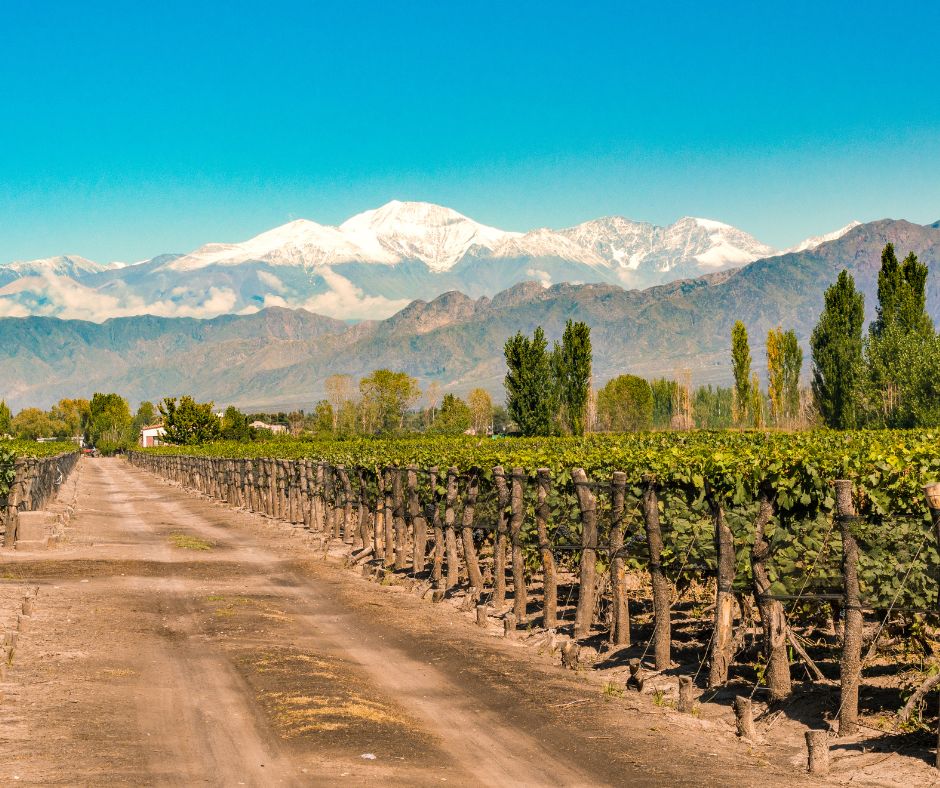
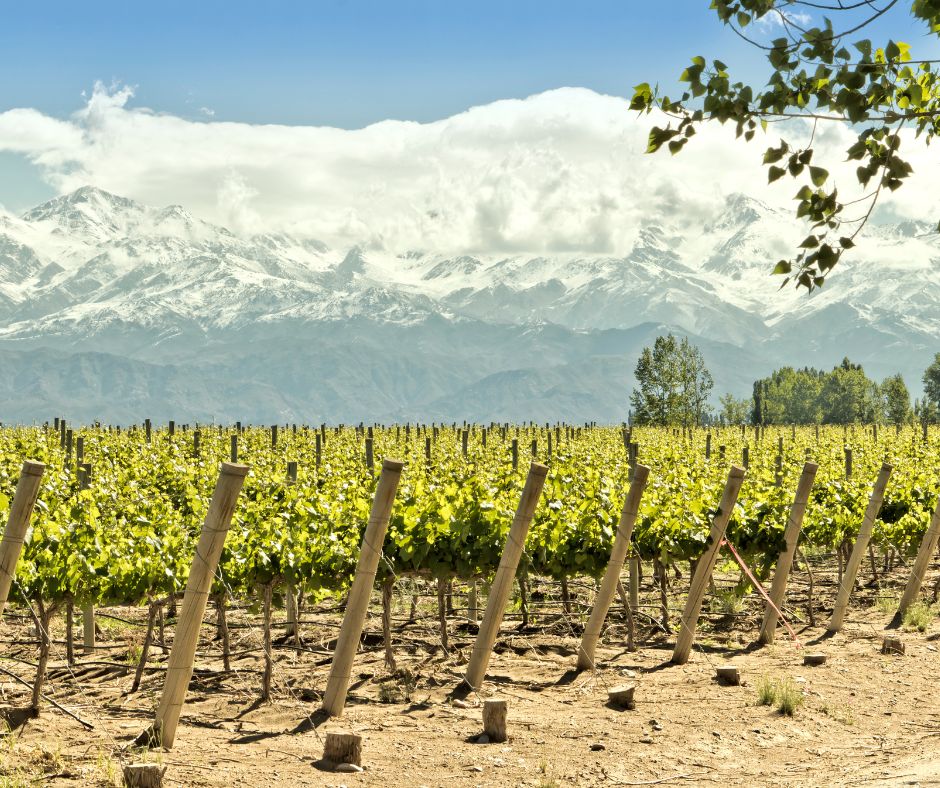
The province of Mendoza, in the Cuyo region, is Argentina's largest wine-growing area. It accounts for almost 75% of Argentina's total vineyard area and boasts the largest number of wineries (over 1,000) known as bodegas. Situated in the central-western part of the country, at the foot of the Andes, this region enjoys a unique climate for wine-growing, influenced by the Andes mountain range, the distance from the Atlantic Ocean and combined with high altitude, heterogeneous soils and the thawing waters of the Andes. All these natural factors contribute to the production of excellent quality wines. As a result, the region's wine-growing tradition is deeply rooted. Argentines are great wine lovers. It's the perfect accompaniment to the great asados they organise with family and friends. Malbec and Cabernet Sauvignon are the main red grape varieties grown. The region is also known as the Malbec capital of the world. The Mendoza vineyards also give pride of place to Chardonnay for white wines.
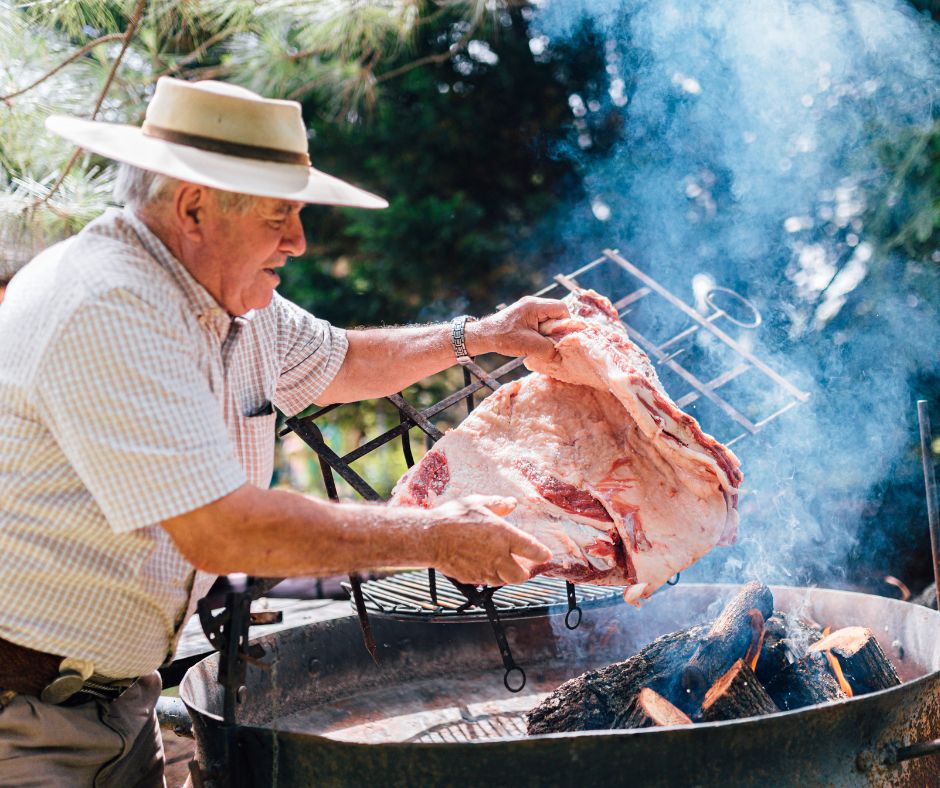

The majority of the wineries you can visit are located around the city of Mendoza: Zuccardi, Andeluna, Salentein, Trapiche, Catena Zapata, Clos de los siete, to name but a few.
In addition to its renowned vineyards, the Mendoza region is also full of breathtaking landscapes, perfect settings for outdoor activities. Here are just a few of the must-see tourist attractions not to be missed during your visit to Mendoza:
- Aconcagua: At 6,962 metres, Aconcagua is the highest peak in the Americas. Mountain lovers can go hiking or mountaineering to admire this majestic peak.
- The city of Mendoza: The provincial capital is a charming city with colonial architecture, magnificent parks and gardens, museums and a lively gastronomic scene. It is said to be the city of Argentina's Dolce Vita. What's more, it's the ideal starting point for cycling tours of vineyards.
- Aconcagua Provincial Park: This natural park offers superb mountain scenery, hiking trails and plenty of opportunities to observe the flora and fauna. Guided day trips to Aconcagua Provincial Park are available.
- Cacheuta thermal baths: Forget the stress of your holiday and recharge your batteries at the Cacheuta thermal baths, which offer natural hot springs, hot water pools and spa treatments. You can enjoy the Andean landscape while you relax.
- Rafting on the Mendoza River: The region is also renowned for its adventure sports, so get your adrenalin pumping by challenging the rapids on the Mendoza River!
- Canyon de l'Atuel: a natural site dating back to the Palaeozoic era. One of the oldest formations in the Andes, it's the ideal setting for rafting, canopy tours, abseiling, etc.
- The Inca Bridge (or Puente del Inca) is a natural stone bridge named by the Inca communities. Mineral waters and sediments formed the phenomenon that is now an icon of the province.
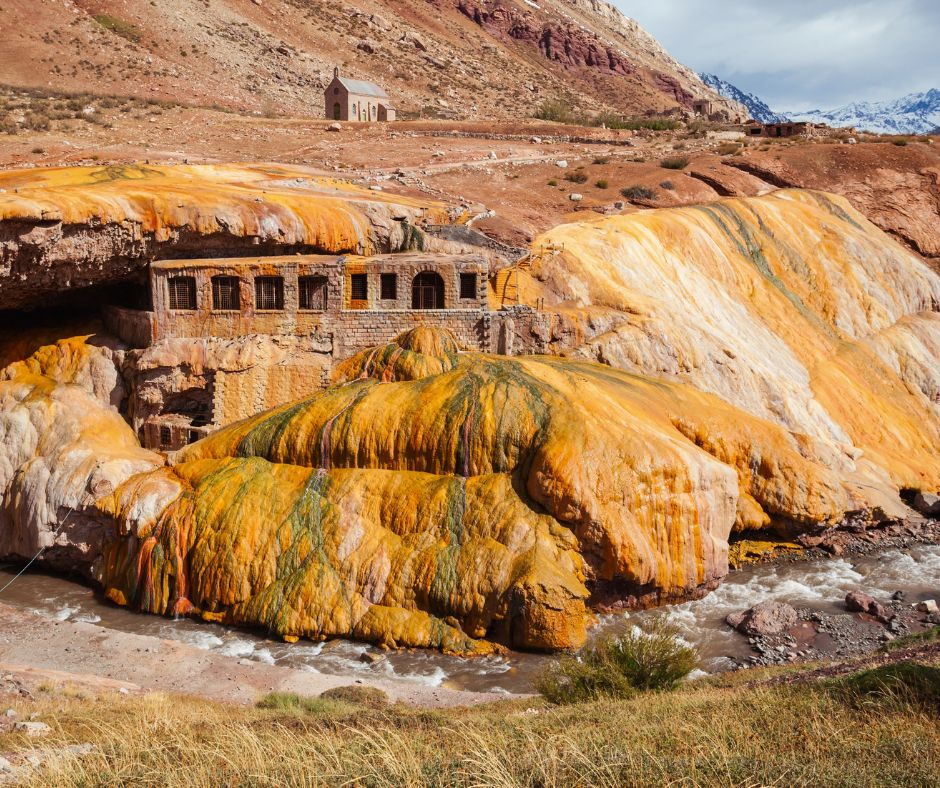
©Canva
A stay in Mendoza means combining mountains with vineyards, adventure with relaxation and gastronomic delights. Wine tourism remains its main attraction, making this region one of the world's great wine capitals. Did you know? Mendoza is home to the best winery in the world according to World's Best Vineyards (2019, 2020 and 2021): Zuccardi Valle de Uco.
Of course, Argentina's wine route is not confined to the Mendoza region. It actually covers almost 2,000 km along the Andes, from the north-west to Patagonia. Enough to plan a second visit or extend your stay.
Stellenbosch in South Africa
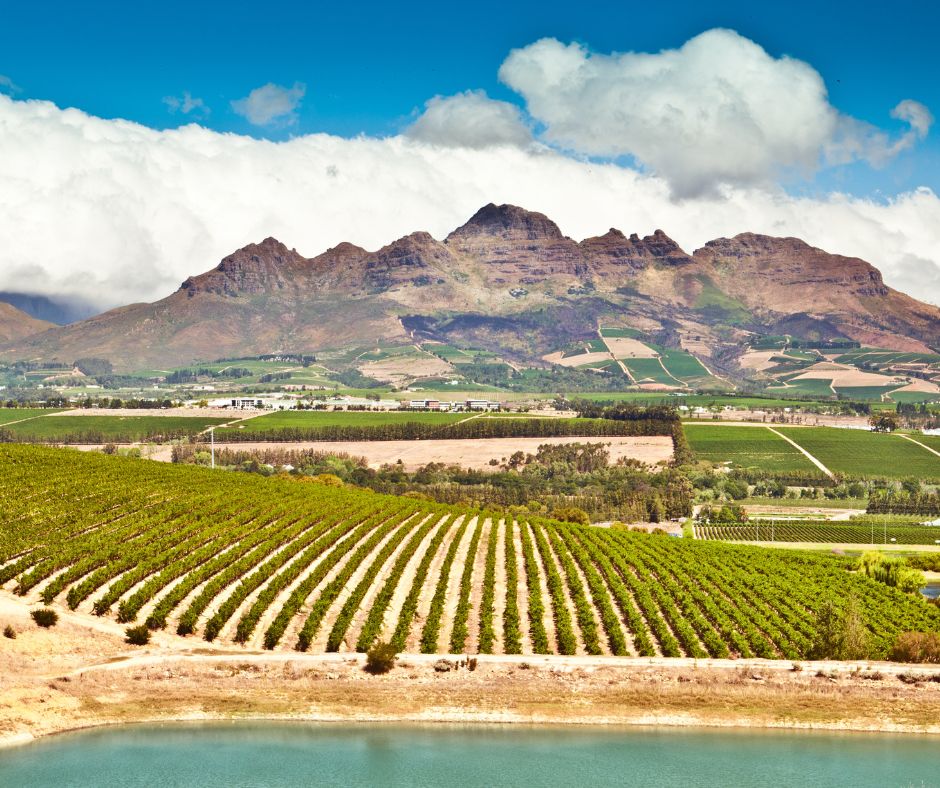
©Canva
The history of winegrowing in South Africa began in the 17th century when Jan van Rieebeck, the first colonial administrator of the Dutch East India Company, imported the first vines. From then on, as techniques were refined, the number of wine producers multiplied. Today, South Africa's vineyards and their wines have earned their reputation. They are part of South Africa's wine route, which is rather that of a region of the Western Cape: Stellenbosch. This is one of South Africa's most famous wine-growing regions, known as the cradle of Pinotage, a grape variety derived from a cross between Pinot Noir and Cinsaut.
Thanks to its Mediterranean climate, with hot, dry summers and cool, wet winters, the vineyards of Stellenbosch are an ideal zone for the production and quality of red wine grapes. Stellenbosch is best known for its red wines, led by Cabernet Sauvignon. In addition to Pinotage and Cabernet Sauvignon, Stellenbosch also produces other red grape varieties and white wines such as Chenin Blanc, Sauvignon Blanc and Chardonnay.
Hundreds of estates are scattered around the town, which is nestled at the foot of the Simonsberg and Drakenstein mountains. Among the most emblematic for visits and tastings are Thelema Mountain Vineyards, Tokara Wine Estate, Neethlingshof Estate Wine, Waterford Winery, Delaire Graff Estate and one of the oldest estates, Spier Wine Farm, established in 1692. Many of the wineries are also home to excellent restaurants serving traditional dishes as well as international cuisine. Don't hesitate to book a table during your stay.
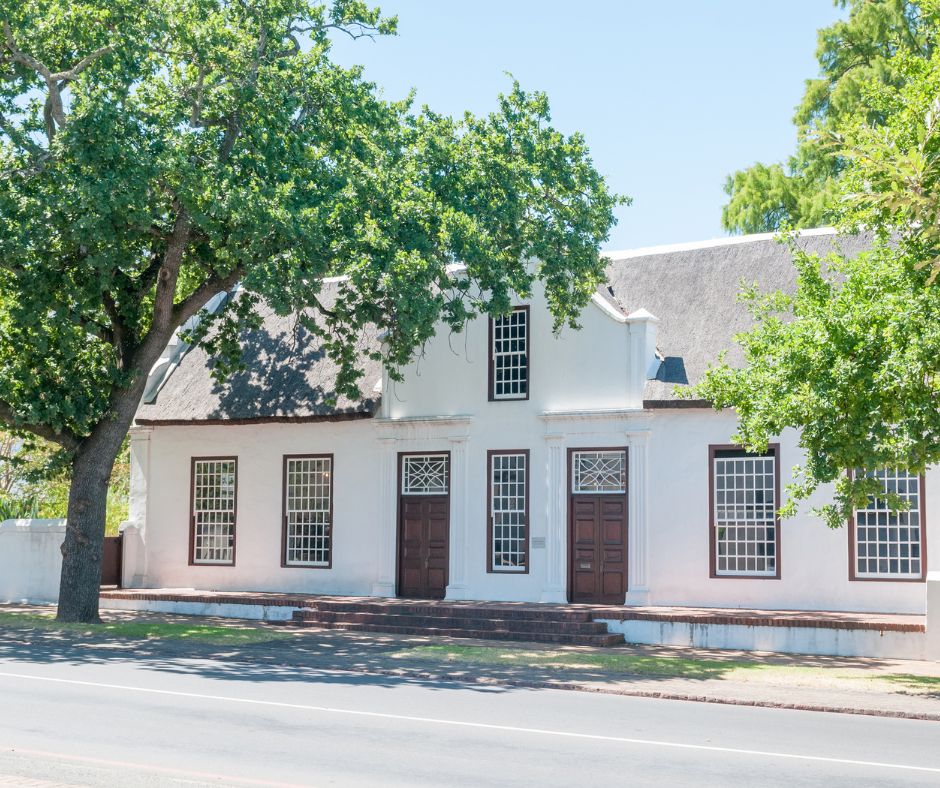
©Canva
In addition to the wine and food experiences, you can also take advantage of the other attractions the region has to offer:
Explore the town of Stellenbosch, with its architectural and urban heritage: its architecture, historic buildings, streets lined with oak trees and whitewashed buildings, many of which are of Dutch origin, its many museums (the Village Museum and the Sasol art museum in particular), street cafés, restaurants, art galleries and boutiques make it a very pleasant getaway.
- Go hiking: a number of hiking trails offering superb views of the vineyards and mountains are accessible in the Stellenbosch area.
- Discover the Jonkershoek Nature Reserve: 9800 hectares of rivers, waterfalls and granite cliffs form an exceptional environment that lends itself to trekking, boating, picnics and birdwatching. A haven of peace for nature lovers.
- Discover African culture by visiting Kayamandi Village to learn more about the culture and daily life of the people of Stellenbosch. Stellenbosch also hosts regular festivals, including the Woordfees (Festival of Words), an Afrikaans-language event focusing on the written word and attracting renowned writers and poets.
- Enjoy the local cuisine: try South African gastronomic specialities in one of Stellenbosch's many restaurants.
- Ride a bike or segway through the vineyards: bikes and segways are available to rent for rides through the vineyards, so you can discover the region's magnificent landscapes at your own pace.
- Catch a wave and try your hand at surfing: Stellenbosch is close to famous surfing beaches such as Strand Beach and Muizenberg Beach, perfect for a day by the sea.
To find out more : www.visitstellenbosch.org
These wine-tourism destinations are among the most beautiful and renowned in the world, because the quality of the unique wine experience they offer rivals the beauty of the landscape and the richness of the local culture. In the near future, we'll have the pleasure of exploring other destinations on this blog that are just as rich in wine tourism discoveries. After all, it's not just the Saint-Emilion region that offers beautiful wine-growing landscapes!
